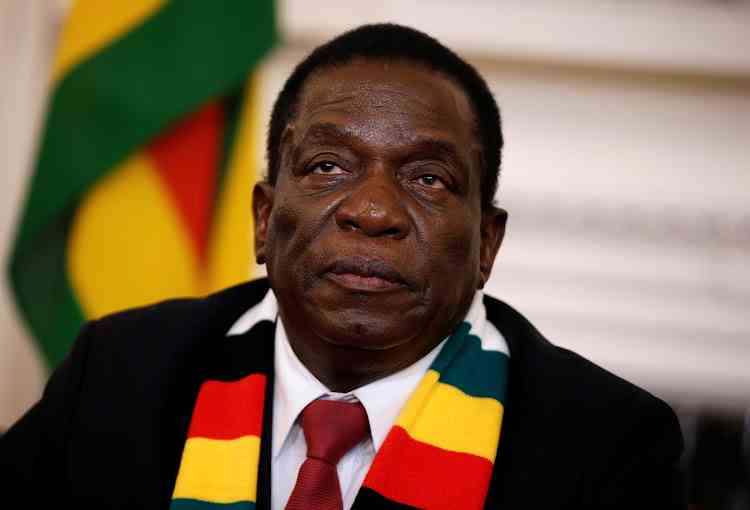
The level of Non Performing Loans (NPLs) is formally acknowledged to be around 12%, but many argue that the true extent of credit default is severely understated and is actually in the 20-30% range.
Financial Sector Spotlight with Omen Muza
Having assumed chronic — if not epidemic proportions — it is no longer possible or indeed fair to single out a particular group of people for driving this trend.
Just like a disease, default now has many strands, some of which have mutated into the equivalent of the drug-resistant variety. This instalment outlines some of the strains of default.
Household default: Many households have perfected the art of defaulting on their utility bills to the extent that some municipalities now offer incentives to induce residents to pay on time.
In early June 2013 the City of Harare, which is reportedly owed a staggering $400 million by a combination of government, residential and commercial debtors — slashed utility bills by 30% as an incentive for residential debtors who settle their current and outstanding bills in full before December 31, 2013.
Individual default: The absence of a fully-functional credit reference system means that mainstream banks and microfinance institutions as well as other retail providers of credit such as department stores continue to be exposed to multiple borrowers who pledge the same salaries/ assets as security for salary based/collateral-based loans.
Individual (and even corporate) tenants also owe landlords significant amounts of money through rental arrears.
- Chamisa under fire over US$120K donation
- Mavhunga puts DeMbare into Chibuku quarterfinals
- Pension funds bet on Cabora Bassa oilfields
- Councils defy govt fire tender directive
Keep Reading
Utilities default: In some instances, utilities are in default on salary obligations to their employees and in default on taxes and statutory payments to other quasi-government creditors such as Zimbabwe Revenue Autority and National Social Security Authority; to which City of Harare for instance owed $55 milliion as at January 2012.
In late 2012 Masvingo Municipality workers applied to the High Court for a writ of execution to allow them to attach property over an arbitration award the city had failed to pay them. Apparently, utilities also owe each other.
In April 2013 it was reported that the City of Harare was among Zesa’s biggest debtors, owing the power utility $774 million in unpaid bills while Zesa also reportedly owed the City of Harare some money in return.
Naturally, unpaid utility bills reduce the ability of municipalities to pay their own debts forcing them to sink further into excessive reliance on expensive debt financing, perpetuating a vicious debt cycle. In good times, municipalities raise money through issuance of bonds, something many of them are no longer able to do due to their poor revenue generation/collection capacity and generally unimpressive credit records.
Corporate default: As the liquidity crisis deepens, corporates weighed down by huge operating costs are increasingly defaulting on bank debt, forcing banks to resort to legal action meant to recover their funds.
This has seen the rate of foreclosures and repossessions exploding, the incidence of which in turn exposes banks to the possibility of defaulting on their dues to their own principal lenders, some of whom are foreign.
Central Bank default: The Reserve Bank of Zimbabwe’s $1billion debt to a variety of foreign and local creditors, recently described by a cabinet minister as “the greatest mischief”, is largely in default. The apex bank is also in default on its obligations to their former employees who were retrenched in early 2011.
Government default: Through its various ministries and departments, the government is in default on payments to local creditors such us utilities. For instance in January 2012 the government reportedly owed City of Harare $70 million while as at April 2013, it owed City of Masvingo $6m which had not paid since 2009.
Of course, the mother of all defaults is the government’s $10,7 billion external debt owed to various international creditors such as the International Monetary Fund, the World Bank and the African Development Bank, of which $3,5 billion is in arrears.
So how did we reach this amazing situation where everyone owes everyone else? It’s all because of the very big fallacy we believed in February 2009; that with little or no foreign currency reserves of our own, we could just wake up, snap our fingers and dollarise the economy without making appropriate compensatory arrangements and expect everything to be fine.
That we could just adopt other people’s currencies without making adequate arrangements to enhance generation of foreign currency from domestic sources while actively promoting inflow of liquidity from foreign sources. The result is a huge liquidity vacuum which people have attempted to fill the best way they know how — by all manner of debt contraction.











